What’s been described as a film depicting “marriage as a vampire story” begins with unmarried Martha (played by Fassbinder regular of the period Margit Carstensen), in her early thirties and still a virgin, holidaying in Rome with her domineering father who cannot bear to be touched by her. As they climb the Spanish Steps, he suffers a heart attack and dies and, even at this stage, he rebuffs her offer of physical help, snapping, “You’re always wanting to touch me!” Martha, in a panic and confused - it simultaneously transpires that her purse, containing all of their money, has been stolen - then flees the scene and leaves him to the care of a group of layabout hippies. Later, outside the German consul, where she has gone to organise repatriation of the body, as well as the financing of her own carriage home, she has her first encounter with Helmut (Karlheinz Bohm – 14 years on from his role as Mark Lewis in “Peeping Tom” and here embarking on a short period where he was to be quite a significant member of the Fassbinder repertory). What she is unaware of at this point, though, is that this is the man who she will later marry and who will ultimately wreck her life, as well as her sanity. The audience, however, are given a clue to the significance of their meeting, as they circle one another silently and in a dreamlike state before each continuing on their ways, seemingly unaffected and unimpressed.
Back home again in Constanz, ensconced in a bourgeois milieu, Martha is held responsible for the aforementioned death by her alcoholic and drug addicted mother, a woman who also mocks her daughter for being unmarried and left on the shelf. So, for the second time, we see Martha being the figure of abuse for so-called loved ones, her patient acceptance of this behaviour clearly defining her as being possessed of the masochistic tendencies which her name suggests. Martha isn’t, however, without suitors as, shortly after her return, we see her respectable manager at the vast, deserted library where she works ask for her hand in marriage. When she refuses, though, he instantly asks her best friend and colleague the same question and she readily accepts, the rapidity and coolness of this switch indicating early on that Fassbinder may, perhaps, be cocking a snoop at “the sacred institution”.
Shortly afterwards, at a very stilted wedding reception, where Martha’s mother takes the first of the sedative overdoses which will lead to her being sectioned, Helmut turns up as the brother of the groom. He follows Martha, who is clearly distressed by his arrival, into the garden and, from this stage on, their relationship, Martha’s humiliation and Helmut’s intimidation begin, as he grabs her in a violent embrace, but not until he has clarified that he will be moulding virgin clay and then told her, “I don’t think you’re very beautiful and certainly not attractive and charming. You’re too thin, almost skinny. When one looks at you, one can almost feel your bones. And I have the impression your body smells.” If it wasn’t so cruel, this film would be hysterical in places.
During one of their first dates, to a fairground, Helmut insists that Martha rides on a rollercoaster with him, even though she is terrified and tells him that she will be sick. As he smiles and chuckles the whole ride round, she gasps for breath and turns whiter by the minute. Then, as predicted, straight after disembarking, she vomits in a dark corner, unaware of the secreted lovers just a stone’s throw away witnessing her every retch. An early indication of Helmut’s cold and twisted personality ensues when, instead of asking after her well-being, he announces, “Martha, I want you to be my wife,” to which our ill-fated heroine responds, “Thank you. Thank you. Thank you. You’ve no idea how I’ve yearned to hear these words.” Instead of embracing her, Helmut then turns coldly away. Could this woman be marrying her deceased father?
It is then on their honeymoon on the Italian Riviera that the torment and erosion of her personality begins, starting seemingly innocuously with Helmut insisting that she has tea and cornflakes for her breakfast rather than her preferred eggs and coffee and admonishing her for smoking too early in the day. When she sunbathes later that day, he tells her “You’ve got such white skin. I’d like you to get a sun tan quickly,” refusing to apply cream to protect her, as she has requested. What then follows is probably the most shocking scene in the film, when the severely sunburnt Martha, who has fallen asleep and deliberately not been woken by her husband, lies unable to move due to her pain. Her suffering, however, serves only to inspire lust and cruelty in Helmut who forces himself upon her there and then on the hotel bed. Now, the domineering sadist has fully surfaced.
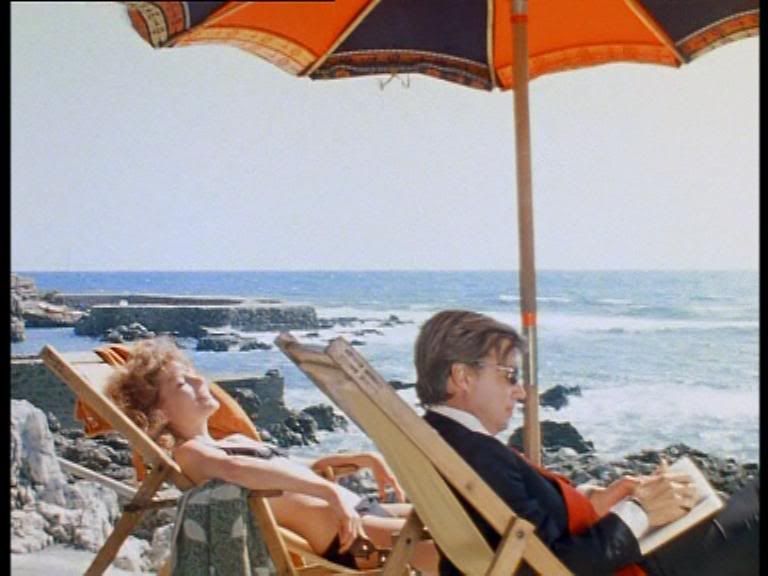
Back in Germany, after what she thinks is a wrong turning on their return journey, Martha learns that their wedded life will be spent not in her family home, as she had expected, but in a huge property nearby which Helmut has got cheaply on account of it having been the site of a murder. Then, once inside their new abode, he tells her she is not permitted to have any of her own furniture as it will be out of keeping with the property and that she is only allowed to smoke in the conservatory, a decree we see her obeying immediately after he departs on one of the numerous business trips which keep him away from Martha and the house throughout the week. She, meanwhile, returns to her own place of work only to be told that Helmut has tendered her resignation for her. Trying to keep face, she pretends that she has only gone in to borrow a book and that she has not, in fact, turned in expecting to do a day’s work.
Back at home, now holed-up with nothing to do and no company, Martha smokes, reads and listens to music all day. However, even this is not good enough for Helmut as, when he returns home one weekend with the gift of a record for her, after laughing at her new hairstyle and then demanding the savage sex he expects on tap, he removes her own choice from the turntable, screaming, “Do you listen to this dreadful music? But, Martha, that’s not music. It’s slime! Pure slime!” (It’s not even U2!!) Similarly, wishing to control her reading matter, too, he buys her a book about dam engineering. “You have a whole week to read it,” he tells her. “I want you to understand my work so that I can talk with you.” We later see her memorising huge chunks of text in order to please him.

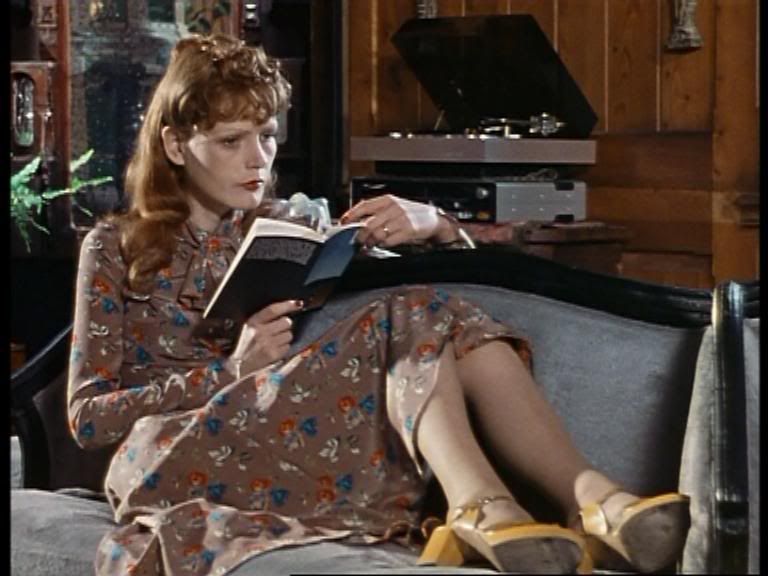
And on it goes. He tells her he wants her to promise that she will never leave the house, he kills her pet cat and he has the phone disconnected, all before Martha sees the light and decides to flee Helmut’s controlling and increasingly deranged ways. Even now, though, he wins the day and total control of his wife, as the film ends with him wheeling Martha out of hospital, now paralysed from a car accident which occurred as she tried to escape his tyranny. Her one remaining friend and ally, an ex-colleague, has been killed in the same accident. The final shot then shows the doors of the hospital lift closing, indicating that life is over for Martha and that she has no option other than to submit fully to Helmut’s regime.
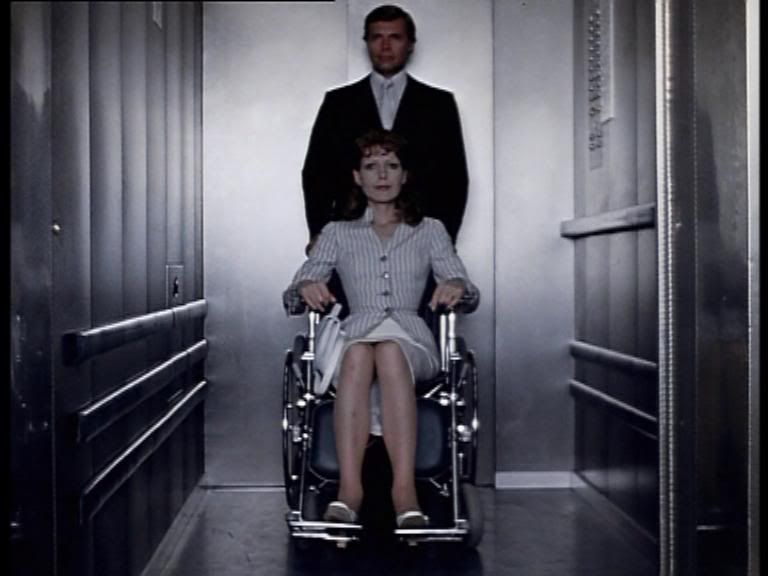
Many levels of interpretation can be layered onto “Martha”. On the one hand, it can be read as Fassbinder’s reworking of George Cukor’s 1944 film “Gaslight” in which Ingrid Bergmann suffers psychological torment and is driven towards a nervous breakdown by her husband, updating and paying homage to old Hollywood films being one of Fassbinder’s old hobbies. “Ali : Fear Eats the Soul” is essentially Douglas Sirk’s “All That Heaven Knows” transposed onto post-war Germany and many of his other films like “Fox and his Friends” bear resemblance to Hollywood melodramas albeit transferred to an alternative context. At the same time, it can also be seen as Fassbinder’s own childhood revisited and turned into celluloid. His own father (also called Hellmuth, you’ll remember), apparently, had a sadistic, controlling nature and once had the family telephone disconnected in order to sever contact with the outside word, just as Helmut does in “Martha. It’s even a wickedly cruel comedy – some scenes are actually laugh-out-loud funny, especially when she tries to memorise the correct consistency for mixing concrete to please Helmut. Freudian interpretations are possible, too, with regard to a sexual tension between fathers and daughters which leads the heroine to marry a man so similar to the one she watched die at the beginning of the film and who, we suspect, treated her equally cruelly. She is delighted, for example, when, on their honeymoon, Helmut professes to share the same favourite food as her late father (When she prepares it for him later in their marriage, though, he tersely announces that he is allergic to offal and refuses to eat it). Like a lot of Fassbinder films, it also acts as a critique of bourgeois conventions, this time marriage and, at the same time, is partly an emblematic allegory, the kind of cautionary tale you might consider buying as an engagement gift for a friend you can see entering into a doubtful pairing. This is a character called Martyr, after all, who stays with her man and lives in a town called Constance. The heavy rain on her wedding night is highly ominous and then has a coda in the tears we see falling from the eyes of the religious bust which stands immediately inside the portals of their new home. It’s all very reminiscent of an early literary model like "The Pilgrim's Progress" or "The Faerie Queene". Whichever of these slants you warrant the most weight, “Martha” is certainly a film which is beautifully shot, with sumptuous colours and settings and, therefore, comes highly, highly recommended to you on that level alone. Get yourself down to your local Amazon now!
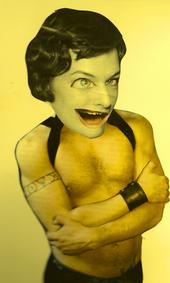
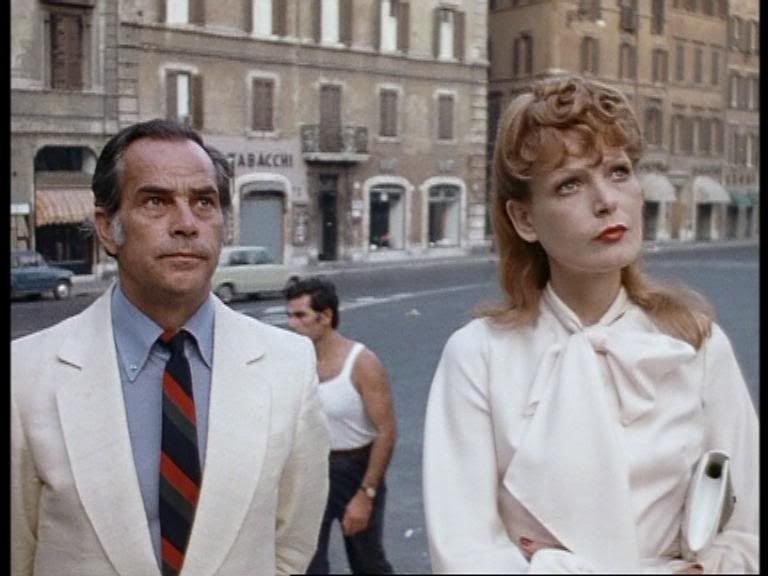
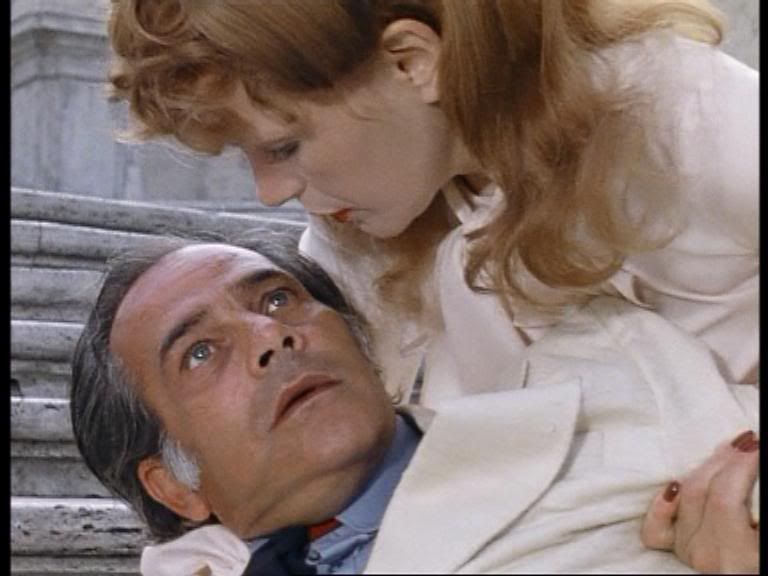
No comments:
Post a Comment